You don’t need to spend big bucks or travel a long way for a new adventure. Manveen Maan rounds up the best places to play tourist in and around the Kuala Lumpur Area.
Living in the city can leave you constantly pressed for time. Statistics have shown that a large percentage of employees oftentimes don’t use all their annual leave simply because of the hassle of planning a trip that involves flights or long journeys. If being short on time is the issue, the city of KL has lots to offer for those after a short break right in the city.
1) Islamic Arts Museum
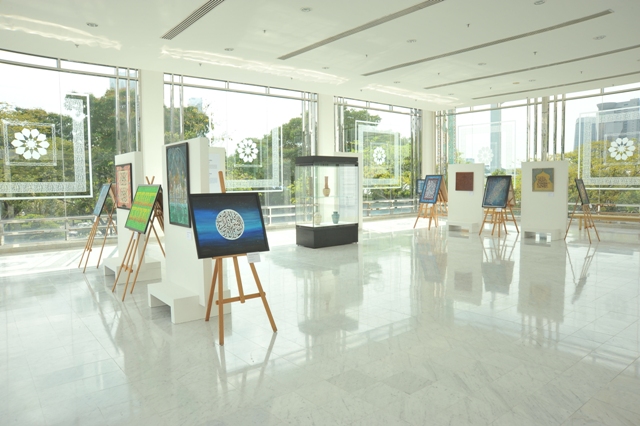
Located near the Lake Gardens, the Islamic Arts Museum is not often on the must-visit list, but it should be. This museum attracts thousands of visitors due to its splendid exhibits which present the intricate details of Islamic art. Displaying artifacts from China, Southeast Asia, India, the Middle East and Iran, all its exhibits are safely housed within the spacious 30,000-sq metre building. There is also a display of Islamic architecture featuring smaller scaled versions of the world’s most important mosques. With all the incredible displays and exhibits, this truly is the best place to learn about the history of Islam.
See Also: What is the Islamic Arts Museum Malaysia?
2) Petronas Twin Towers
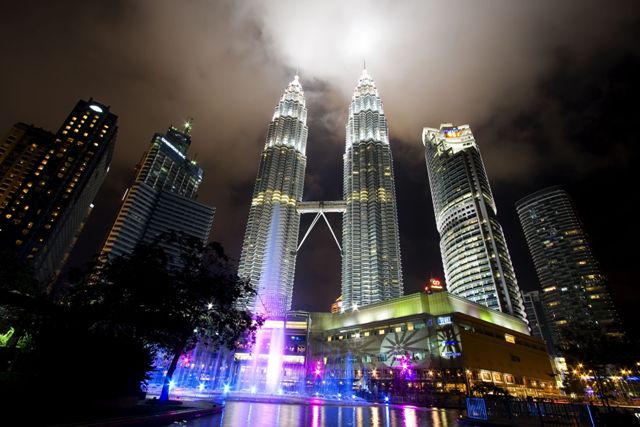
As clichéd as it sounds, the Petronas Twin Towers are still the most iconic buildings in Malaysia. Having held the title as “World’s Tallest Building” for a few years back in the late 1990s/early 2000s, the Twin Towers are still a force to be reckoned with. Take a trip up to the Skybridge that connects the two towers on the 41st and 42nd floors, for panoramic (and breathtakingly beautiful) views of the city. Head over to Marini’s on 57 (in Tower 3) for equally mind-blowing views, while enjoying a drink at sunset.
See Also:
- The History and Construction of the Petronas Twin Towers
- The Petronas Twin Towers, A Towering Success
3) Royal Selangor Pewter
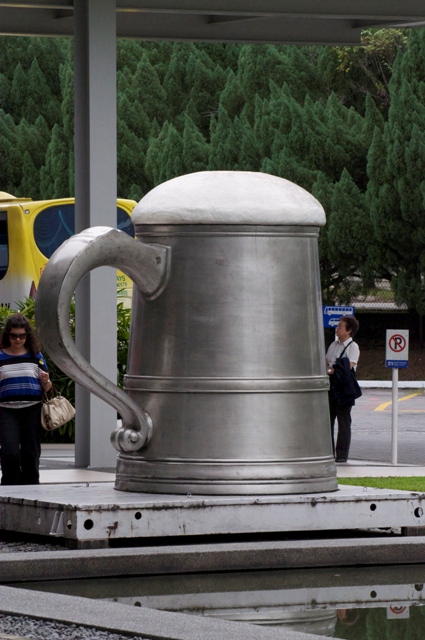
The world’s oldest pewter manufacturer, Royal Selangor Pewter is located 8km northeast of the city centre. Starting out in 1885, Royal Selangor has grown to become the leading pewter manufacturer, with over 250 skilled craftspeople and a 40-strong in-house design team. Alongside traditional tankards and the like, Royal Selangor Pewter has commissioned modern designers to produce innovative gifts, such as wine accessories, cufflinks, and even flash drives. For a RM50 fee, you can try your own hand at creating a pewter dish. If a ride out of the city centre is not appealing, visit its main outlet on level one of the Suria Kuala Lumpur City Centre shopping centre.
4) Batu Caves
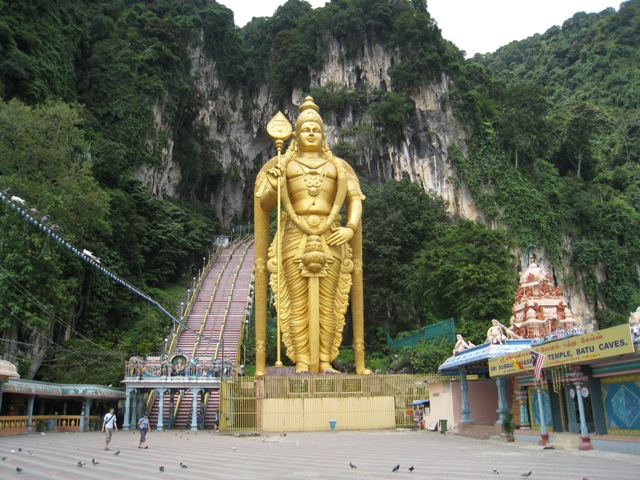
One of Malaysia’s most distinctive geographical features is the labyrinth of spooky caves found within the country’s limestone abutments. Located in the Gombak District, the caves are just 13km north of Kuala Lumpur. Its name was taken from the Batu River which flows past the hill. Every year the caves draw thousands of Hindu devotees for the Thaipusam festival, but at other times, the cardiac stress test hike up the 272 steps is rewarded with the serenity and peace of one of the oldest temples in the country.
5) Independence Square (Dataran Merdeka)
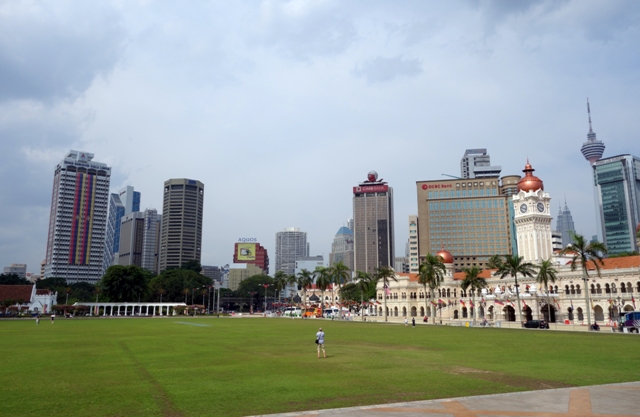
Relive history at Dataran Merdeka, also known locally as Merdeka Square, located right beside the Royal Selangor Club, a historical place where the Union Flag was lowered and the Malayan flag was raised for the very first time at the stroke of midnight on 31st August 1957. From then on, Merdeka Square has been the venue for the annual Merdeka Parade, commemorating the country’s independence. Despite its city centre address, the vibe is a relaxed one in place where tourists and locals alike gather for a chance to stand in the midst of Malaysian history. Kick back with a drink at the equally historic Royal Selangor Club and pretend you’re a rajah from colonial times.
6) Kuala Lumpur City Gallery
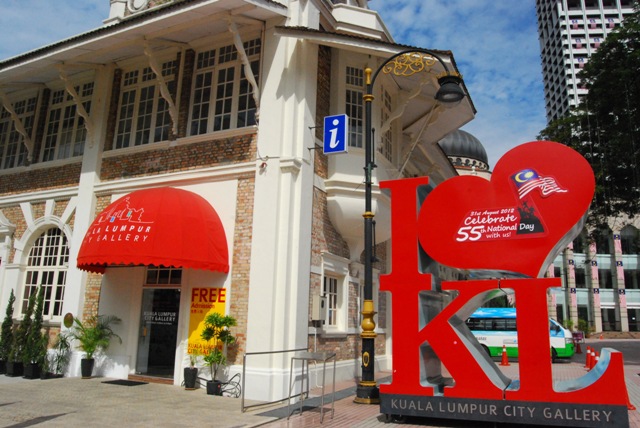
The Kuala Lumpur City Gallery is located in a historical building that was in built as a printing office in 1899 during the British colonial administration. It was designed by A.C. Norman based on neo-Renaissance principles with exposed bricks, plastered columns, and semicircular windows. The printing office in the building produced official government reports and train tickets until 1961 when the Ministry of Labour took over. In 1977, the Metropolitan Postal Security Office moved in. In 1986, City Hall bought the building and turned it into the first public library of Kuala Lumpur. The ground floor (A.C. Norman Floor) of the City Gallery houses a large city map, a history section, and the ARCH workshop and gift shop. The first floor (J. Russell Floor) holds the impressively large architecture scale mode of Greater Kuala Lumpur.
7) Hike Broga Hill
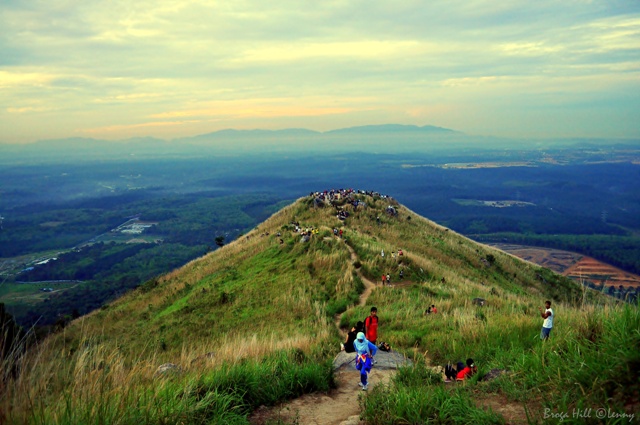
Set in a lush tropical forest, Broga Hill is at the edge of the Titiwangsa Range. Located in the suburb of Semenyih, it is also known by the locals as “Bukit Lalang” as this grass grows in abundance on the hilltop lending it a mystical setting. The climb up is popular for both nature and fitness lovers, although it can be daunting for first timers. Luckily, there are ropes that are tied to trees that can help you along. The view from the top is definitely well worth the climb and the stunning panorama is the perfect reward after a long hike. Try to get there before sunrise to enjoy the spectacular views.
8) Aquaria KLCC
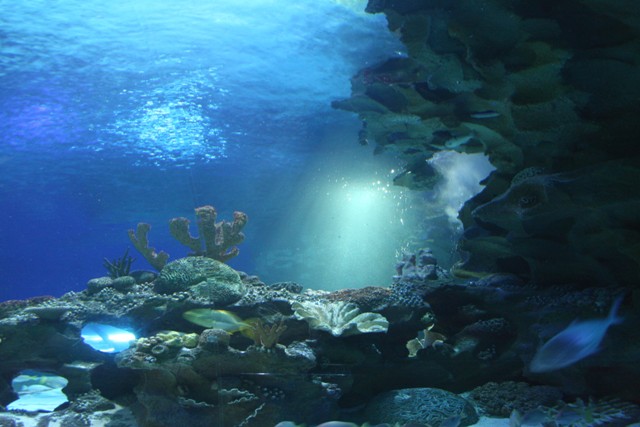
Visiting Aquaria KLCC is an experience that’s out of this world. Located in Kuala Lumpur Convention Centre (KLCC), Aquaria is an underwater park home to more than 20,000 aquatic animals from all over the world. From the moment you step through the entrance, you are transported to a different world. Each display cubicle is made to mimic the natural habitat of the animals exhibited, while visitors can touch some of the aquatic animals in various stalls, including tiger sharks and starfish. Aquaria also has a 90-metre underwater tunnel, where you can walk through and watch sharks, stingrays, and other marine life swim over and all around you. It’s like a diving exhibition – without being underwater!
9) Central Market
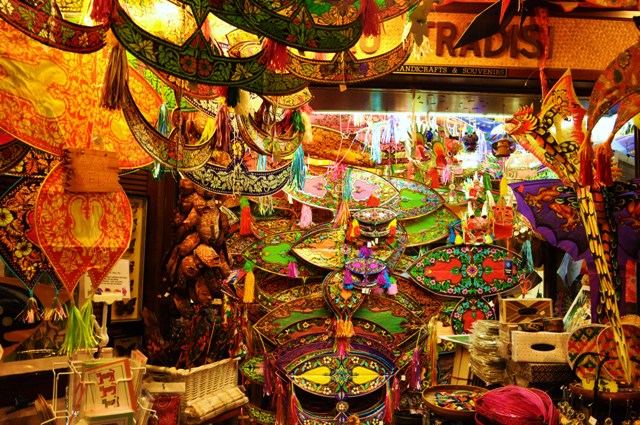
Central Market started off as a humble wet market in the heart of the city centre back in the 1940s. It has evolved a great deal since then and now it stands firm as the landmark which symbolises all the culture and heritage of this multi-racial country. Now revamped and revived as a huge gifts emporium, Central Market provides a focal point for piecing together the city’s past, taking in its current artsy-craftsy pulse and exploring nearby Chinatown. Better still is the Annexe, an alternative free space for the arts, hidden atop the market’s small auxiliary building. On the ground floor, portraitists and street artists can be found — lending a dose of old-time character along the little-used riverfront.
10) National Monument
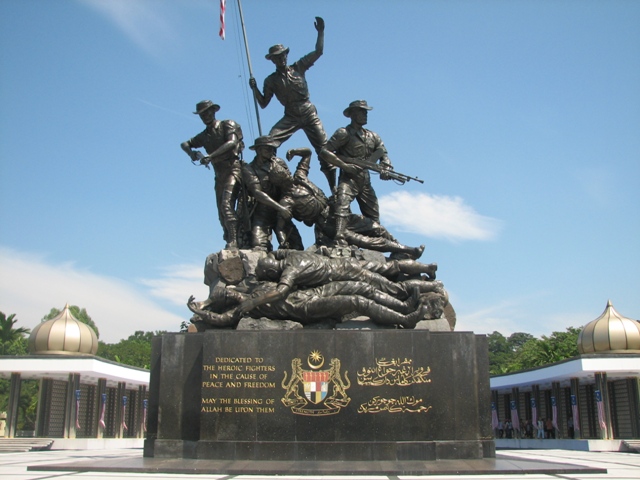
While not entirely known for being a warring country, Malaysia has still had its fair share of conflict. The National Monument is a sculpture which was built in remembrance of the brave soldiers who died fighting for the independence of the nation. This historic sculpture has also marked its place in the book of records for being the tallest freestanding group of bronze sculptures. The National Monument is a 48,562-sq metre space with five major components: the monument, the pavilion, the surrounding gardens, the fountains, and the war memorial. The National Monument was designed by an American architect named Felix de Weldon, who also designed the famous Iwo Jima Memorial in Washington D.C. Every year, the Yang Di-Pertuan Agong, the Prime Minister, and heads of military pay their respects to the heroes who fought to free the country from the clenches of foreign occupation.
11) National Textile Museum
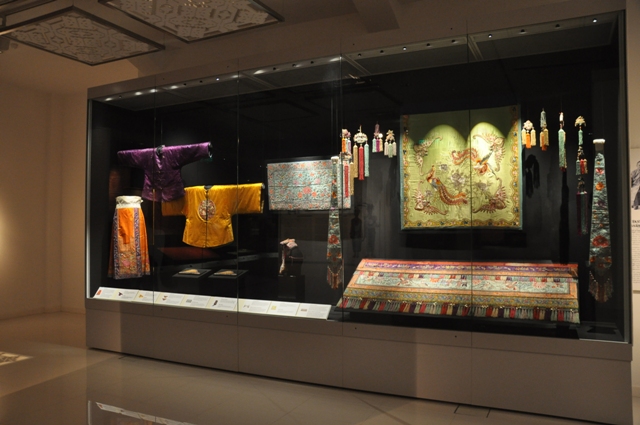
Just a hop, skip, and jump away from the National Monument, the National Textile Museum showcases the origins, development and techniques used in the industry of local textiles. This museum is new despite the old heritage building it is housed in, with four exhibition galleries within it: Pohon Budi (Tree of Life) Gallery, Pelangi (Rainbow) Gallery, Teluk Beratai (Interlocking Bays) Gallery, and finally the Ratna Sari (Special Collection of Jewellery) Gallery. The Pohon Budi Gallery showcases the tools, techniques and also the materials used in making textile. In the Pelangi Gallery, there are traditional clothes of different races and culture. Teluk Beratai Gallery displays the Malay heritage collection throughout the years. And, the Ratna Sari Gallery exhibits personal adornments worn by all different ethnic groups including gold, silver, and copper.
12) P. Ramlee Memorial Museum
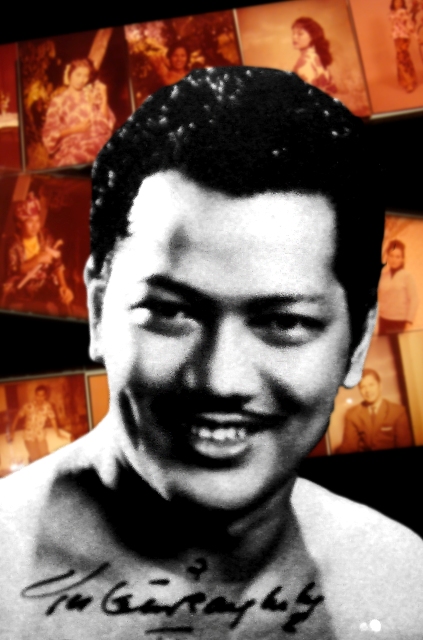
Perhaps the country’s most famous artist, the talented singer, actor, and comedian still lives via the P. Ramlee Memorial Museum. Located in his former residence, the museum is aptly situated along Jalan P. Ramlee, making it quite easy to find! Filled with memorabilia of this national treasure, the museum is divided into themed rooms pertaining to his childhood, the many awards he won, his most well-known movies and personal belongings. Guided tours are available but remember to make an appointment before you visit. There is no entrance fee for this particular walk down yesteryear.
Source: The Expat Magazine February 2014
Read more:
- Top Sightseeing Destinations in Kuala Lumpur
- Top 20 Shopping Malls in Kuala Lumpur
- 5 Reasons to Visit Putrajaya
What are your thoughts on this article? Let us know by commenting below.No registration needed.
"ExpatGo welcomes and encourages comments, input, and divergent opinions. However, we kindly request that you use suitable language in your comments, and refrain from any sort of personal attack, hate speech, or disparaging rhetoric. Comments not in line with this are subject to removal from the site. "


















